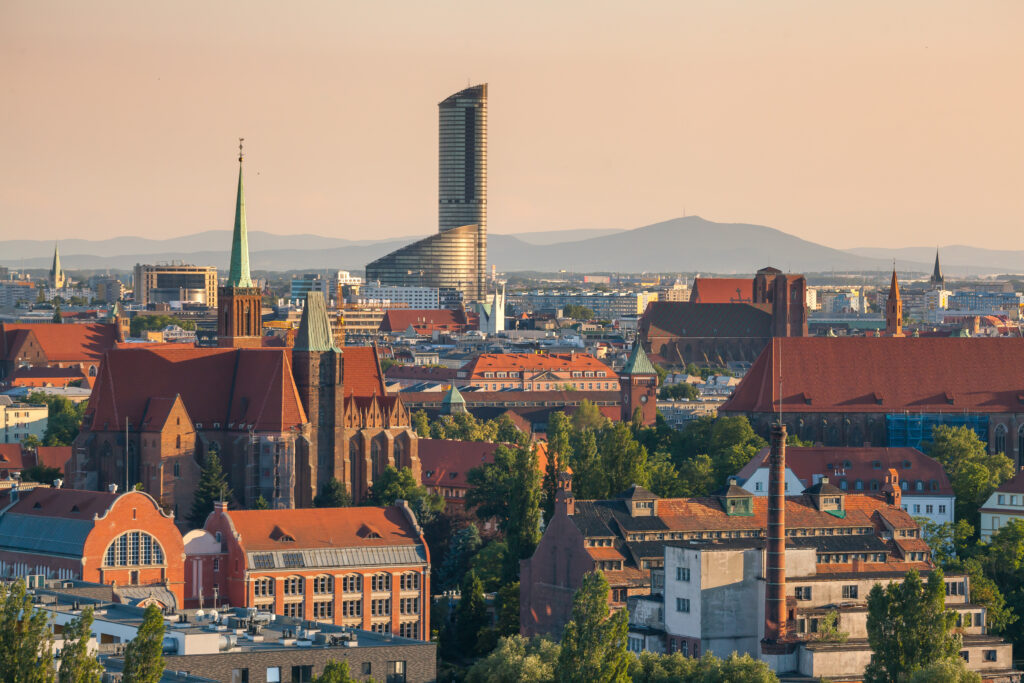
Wrocław is a vibrant metropolis in southwestern Poland. Its rich history—where diverse traditions, cultures, and religions intertwine—blends seamlessly with the dynamic present of a rapidly developing city.
Wrocław (a city with county rights) is the capital of the Lower Silesian Voivodeship. Situated on the Oder River, it is a unique city of 12 islands and 112 bridges. In the heart of the city, strollers are drawn to the Old Town Promenade stretching along the moat and the Botanical Garden located on Ostrów Tumski. The green riverside boulevards can also be admired from the decks of cruise ships and gondolas, which are among Wrocław’s many tourist attractions.
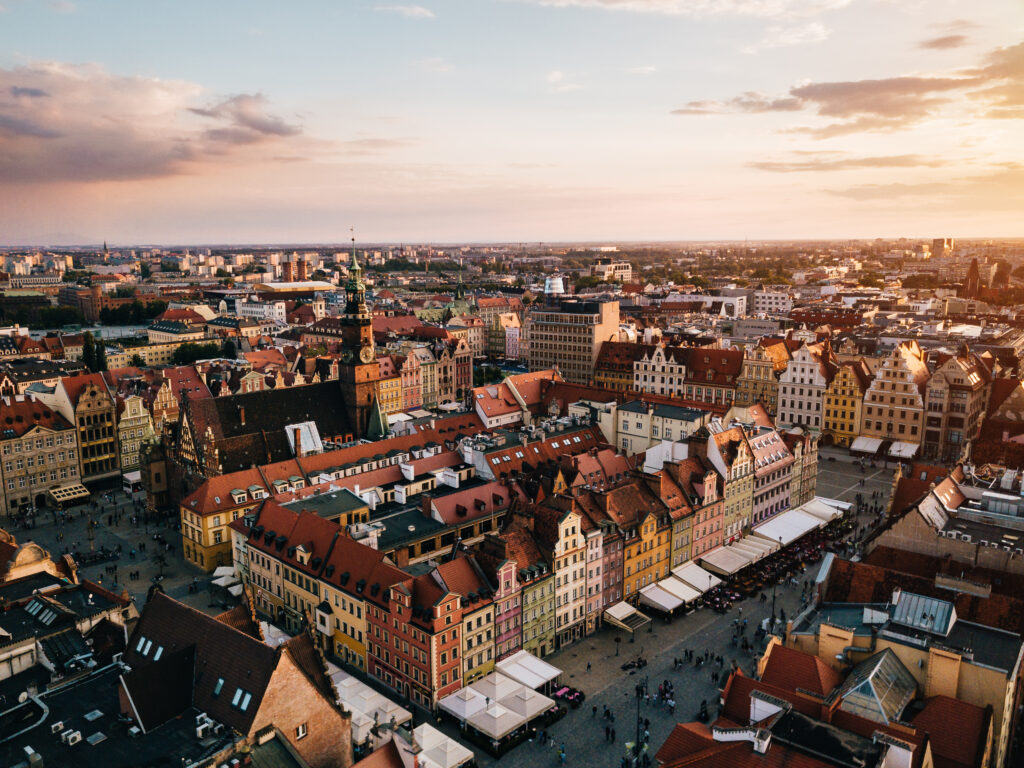
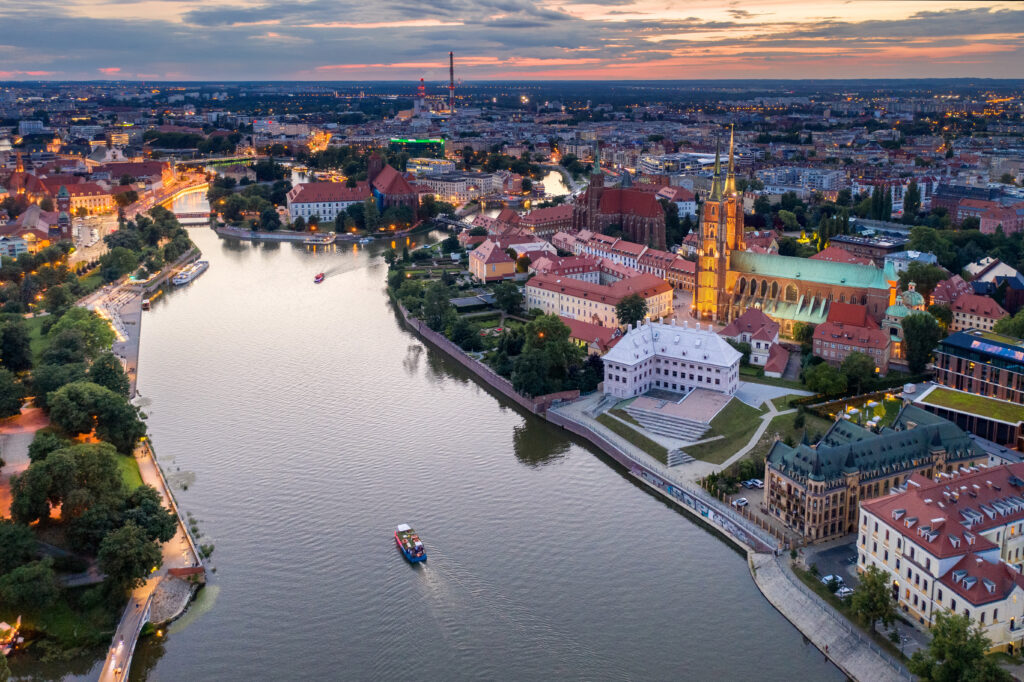
It is an important city on the academic map of Poland. For researchers in neuroscience and life sciences, Wrocław offers an active and growing scientific community. The city is home to several universities and research institutions involved in brain and health-related studies, including the Łukasiewicz Research Network – PORT Polish Center for Technology Development, Wrocław University of Science and Technology (Politechnika Wrocławska), University of Wrocław, Wrocław Medical University, University of Environmental and Life Sciences (UPr), the University School of Physical Education (AWF), and the Hirszfeld Institute of Immunology and Experimental Therapy. All of these institutions offer programs or conduct research in neuroscience, molecular biology, or biomedical engineering, creating valuable opportunities for collaboration across disciplines.
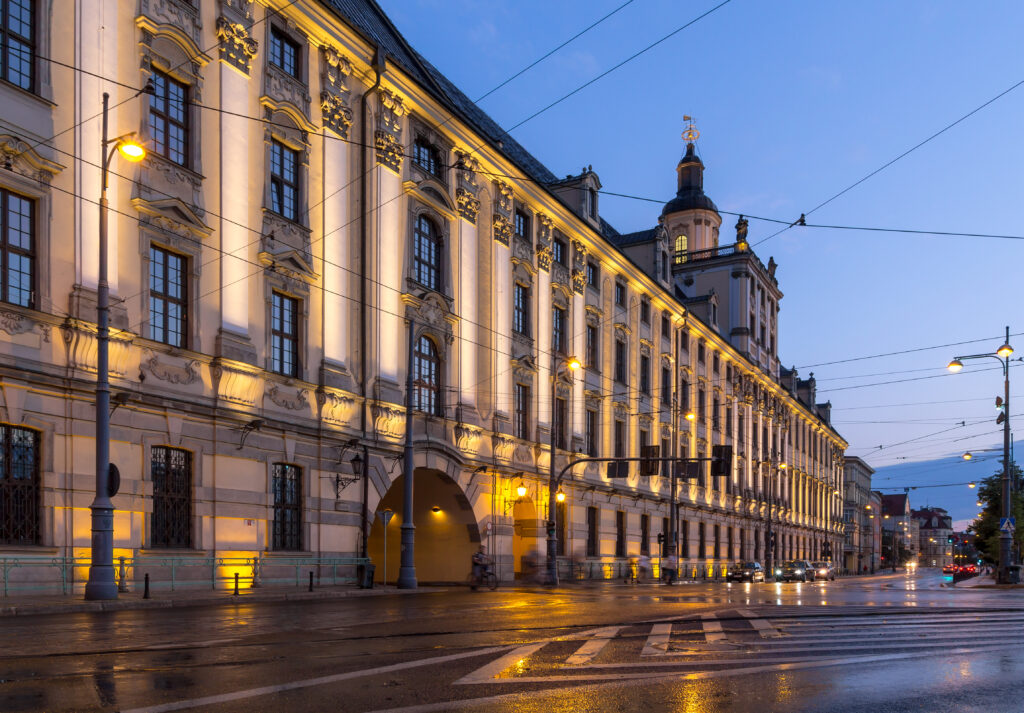
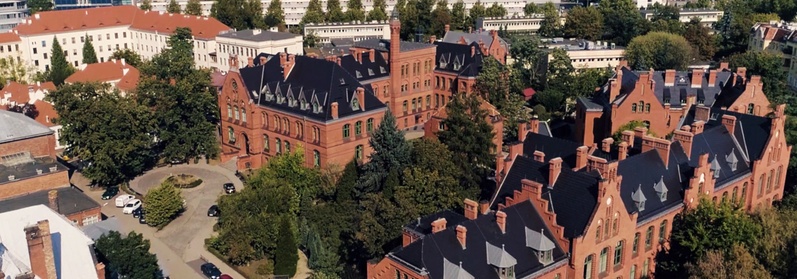
For neurobiology researchers, Wrocław holds a unique place in the history of science. Between 1912 and 1915, the renowned German psychiatrist and neurologist Alois Alzheimer served as a professor at the University of Wrocław (then the University of Breslau). His time in the city is commemorated by a memorial plaque at Bujwida 44 and the so-called Alzheimer’s Villa, a historic building where he lived and worked. This little-known but meaningful connection makes Wrocław a special place for scientists studying neurodegeneration, memory, and the human brain.
Among the city’s most charming and iconic features are the Wrocław dwarves—small bronze statues scattered throughout the city. Originally created in the early 2000s as a tribute to the anti-communist Orange Alternative movement, these whimsical figurines have grown into a beloved symbol of Wrocław. Today, there are over 1000 dwarves, each with a unique design and personality, from scholars and musicians to firefighters and bakers. They delight locals and visitors alike, forming an interactive urban trail that reflects the city’s playful spirit and cultural diversity.
The capital of Lower Silesia is a significant cultural centre. Highlights include the National Museum (especially the extraordinary Four Domes Pavilion), branches of the Wrocław City Museum, the Capitol Musical Theatre, the Lower Silesian Opera, and the National Forum of Music. Wrocław is also the venue for many major conferences, congresses, and international events, including The Global Forum and the European Film Awards Gala. Wrocław is also home to the Afrykarium, featuring animals from ecosystems surrounding Africa, and Hydropolis—the only centre of its kind in Poland—offering a fascinating multimedia exhibition about the origins and significance of water in the history of civilization.
